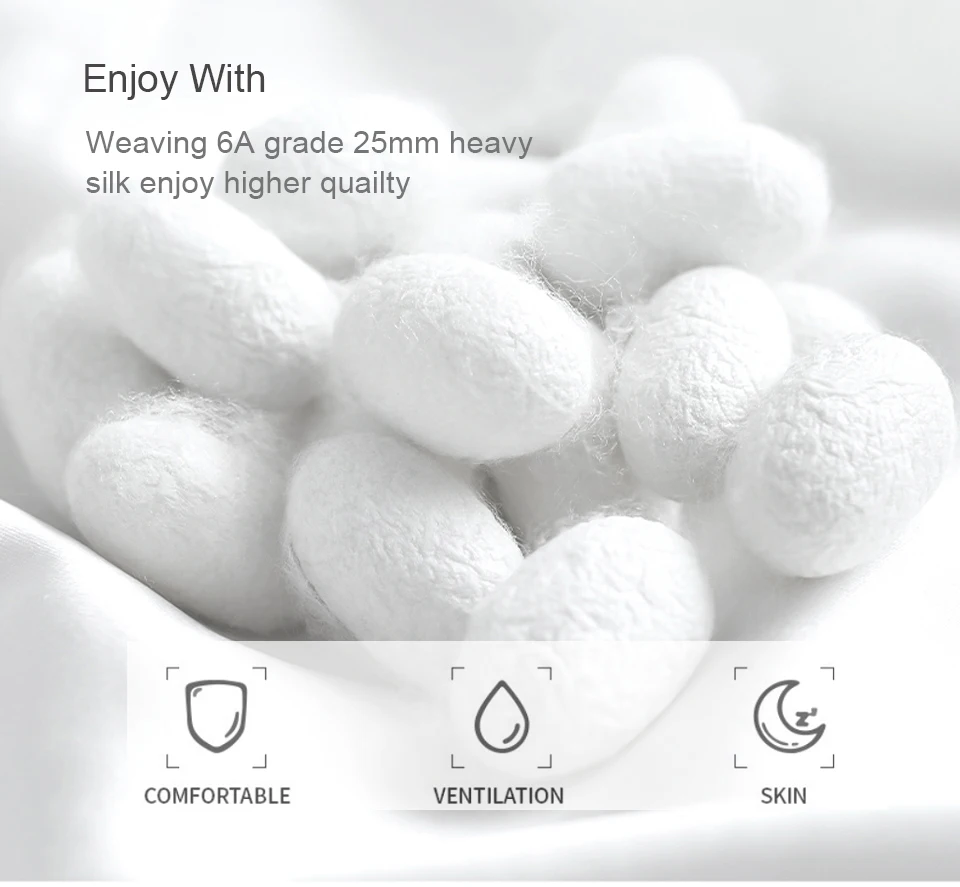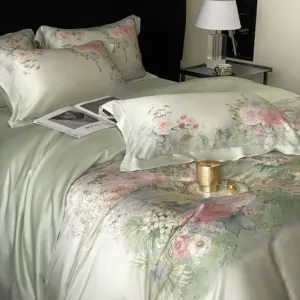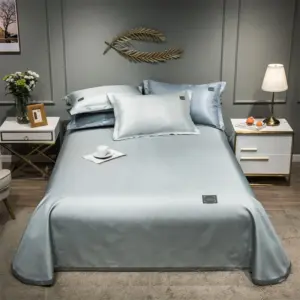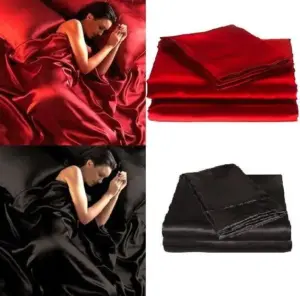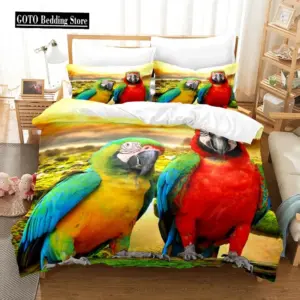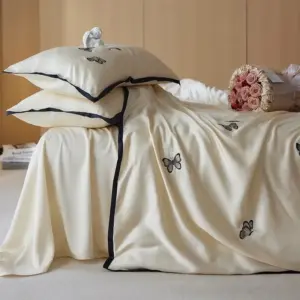1. Introduction: Understanding Vegan Silk and Its Importance
In a world increasingly concerned with ethical production and sustainability, vegan silk stands as a compassionate alternative to traditional silk. Unlike conventional silk that requires boiling silkworms alive inside their cocoons to extract the continuous silk filaments, vegan silk is produced without harming any animals. This cruelty-free approach aligns with the growing demand for ethical fashion and textiles that respect all living beings.
The environmental benefits of vegan silk alternatives are equally compelling. Traditional silk production consumes significant water resources and often involves chemical treatments that can pollute waterways. By comparison, many vegan silk alternatives have a substantially lower ecological footprint, with some requiring up to 30 times less water and producing fewer carbon emissions during production.
Vegan silk alternatives generally fall into three main categories:
- Regenerated cellulose fibers (like Lyocell, Tencel, and Cupro)
- Plant-based extracted fibers (from pineapple leaves, banana stems, lotus plants)
- Bio-engineered/biomimetic silks (created through fermentation and protein technologies)
Each approach offers unique advantages and characteristics that make them suitable replacements for traditional silk, whether for apparel, home textiles, or other applications. The fundamental difference between traditional silk vs vegan silk extends beyond ethics to include production methods, environmental impact, and physical properties.
As we explore the journey from plant material to finished fabric, you’ll discover how innovation is transforming sustainable textiles and offering conscious consumers alternatives that don’t compromise on luxury or performance. Understanding the detailed differences between silk vs vegan silk helps consumers make informed choices aligned with their values.
2. How Are Regenerated Cellulose Fibers Transformed into Silk-Like Fabrics?
Regenerated cellulose represents one of the most technically advanced approaches to creating vegan silk alternatives. The process begins with plant-based materials containing cellulose—the structural component found in plant cell walls—and transforms them into smooth, flowing fabrics with properties remarkably similar to silk.
The most common source materials include:
- Wood pulp (typically from sustainably managed eucalyptus, beech, or bamboo forests)
- Cotton waste (including linters, the short fibers attached to cottonseed after ginning)
- Agricultural residues (from various plant processing)
The general production process involves:
- Breaking down the raw material to isolate pure cellulose
- Dissolving this cellulose in a solvent to create a viscous solution
- Extruding this solution through spinnerets (small holes) to form continuous filaments
- Solidifying these filaments through chemical or physical processes
- Washing, drying, and finishing the resulting fibers
Modern regenerated cellulose production has evolved significantly to address environmental concerns associated with earlier viscose/rayon manufacturing. Today’s methods focus on closed-loop systems that recover and reuse chemicals, minimize water usage, and reduce overall environmental impact.
The sustainability metrics are impressive when compared to both traditional silk and synthetic petroleum-based fabrics. For example, Tencel production uses approximately 80% less water than conventional cotton and requires significantly fewer chemicals than polyester production. Understanding how vegan silk is made provides insight into the technical innovation behind these fabrics.
3. The Lyocell Revolution: Creating Silk-Like Fabrics from Wood Pulp
Lyocell, and its branded version Tencel, represents one of the most successful and environmentally responsible regenerated cellulose fibers available today. Its production process has revolutionized sustainable textile manufacturing by creating a truly circular system.
The detailed production process follows these steps:
- Harvesting of fast-growing eucalyptus or beech trees from certified sustainable forests
- Chipping and pulping the wood to extract pure cellulose
- Dissolving cellulose in a non-toxic solvent called NMMO (N-Methylmorpholine N-oxide)
- Filtering the solution to remove impurities
- Spinning the solution through tiny holes (spinnerets) into an air gap and then a precipitation bath
- Washing, drying, and finishing the resulting continuous filaments
What makes Lyocell truly revolutionary is its closed-loop production system, where 99.5% of the solvent is recovered and reused rather than being discharged as waste. This drastically reduces water consumption and eliminates harmful effluent.
The resulting fabric possesses remarkable silk-like qualities: exceptional drape, natural sheen, breathability, and a smooth hand feel. Additionally, Lyocell is biodegradable, returning to the earth at the end of its lifecycle without leaving microplastic residues.
Leading producer Lenzing’s Tencel has earned numerous certifications including the EU Ecolabel and OEKO-TEX Standard 100, confirming its status as a genuinely eco-friendly silk production method that doesn’t compromise on quality or performance.
4. Cupro: Transforming Cotton Waste into Luxurious Fabric
Cupro represents an ingenious approach to textile upcycling by transforming cotton waste into a luxurious fabric with remarkable silk-like properties. This regenerated cellulose fiber makes productive use of cotton linters—the short fibers that adhere to cottonseed after the longer fibers have been removed during the ginning process.
The cuprammonium process follows these specific steps:
- Collection and cleaning of cotton linters from cottonseed oil production
- Dissolving the linters in a solution of copper and ammonia (cuprammonium solution)
- Filtering the solution to remove impurities
- Extruding the liquid through fine spinnerets into an acid bath
- Solidification of filaments as they contact the acid
- Washing, drying, and finishing the continuous fiber strands
The resulting fabric embodies many of silk’s most desirable qualities—lustrous sheen, fluid drape, and exceptional smoothness against the skin. Cupro also boasts impressive moisture management, absorbing up to 50% more moisture than cotton, making it comfortable in various climates.
Japanese textile manufacturer Asahi Kasei has been refining cupro production since the 1930s, creating their Bemberg™ brand that’s now widely used as a silk alternative in garment linings, blouses, and flowing dresses. This fabric exemplifies circular economy principles by creating value from what was once considered a waste product. For those seeking sustainable options, bamboo silk sheets offer similar benefits with different raw materials.
5. Direct Plant Fiber Extraction: From Agricultural Waste to Luxury Textiles
Unlike regenerated cellulose fibers that chemically transform plant matter, direct plant fiber extraction utilizes the natural fibers already present in various plants. This approach typically focuses on agricultural by-products that would otherwise be discarded, creating value from waste while avoiding additional land or resource use.
The extraction processes vary by plant material but generally involve separating fibers through mechanical or minimal chemical means, preserving their natural structure. This contrasts with regenerated methods that completely dissolve and reform cellulose.
Key plant fibers used for vegan silk alternatives include:
| Fiber Source | Primary Origin | Extraction Method | Key Properties |
|---|---|---|---|
| Pineapple leaf (Piñatex) | Pineapple harvest waste | Mechanical decortication | Strong, flexible, breathable |
| Banana stem | Post-harvest waste | Manual/mechanical scraping | Highly absorbent, natural luster |
| Lotus stem | Aquatic plant cultivation | Manual hand-pulling | Extremely lightweight, natural sheen |
| Soybean protein | Food production by-products | Protein extraction and spinning | Soft, excellent draping, UV resistant |
These directly extracted fibers often retain unique characteristics from their plant origins, creating fabrics with distinctive textures and properties. They typically require less chemical processing than regenerated fibers, though mechanical extraction can be more labor-intensive.
From an environmental perspective, these fibers excel in biodegradability and minimal chemical inputs, though scalability remains a challenge for some varieties. Their production systems create valuable income streams for agricultural communities while reducing waste and the need to grow dedicated fiber crops.
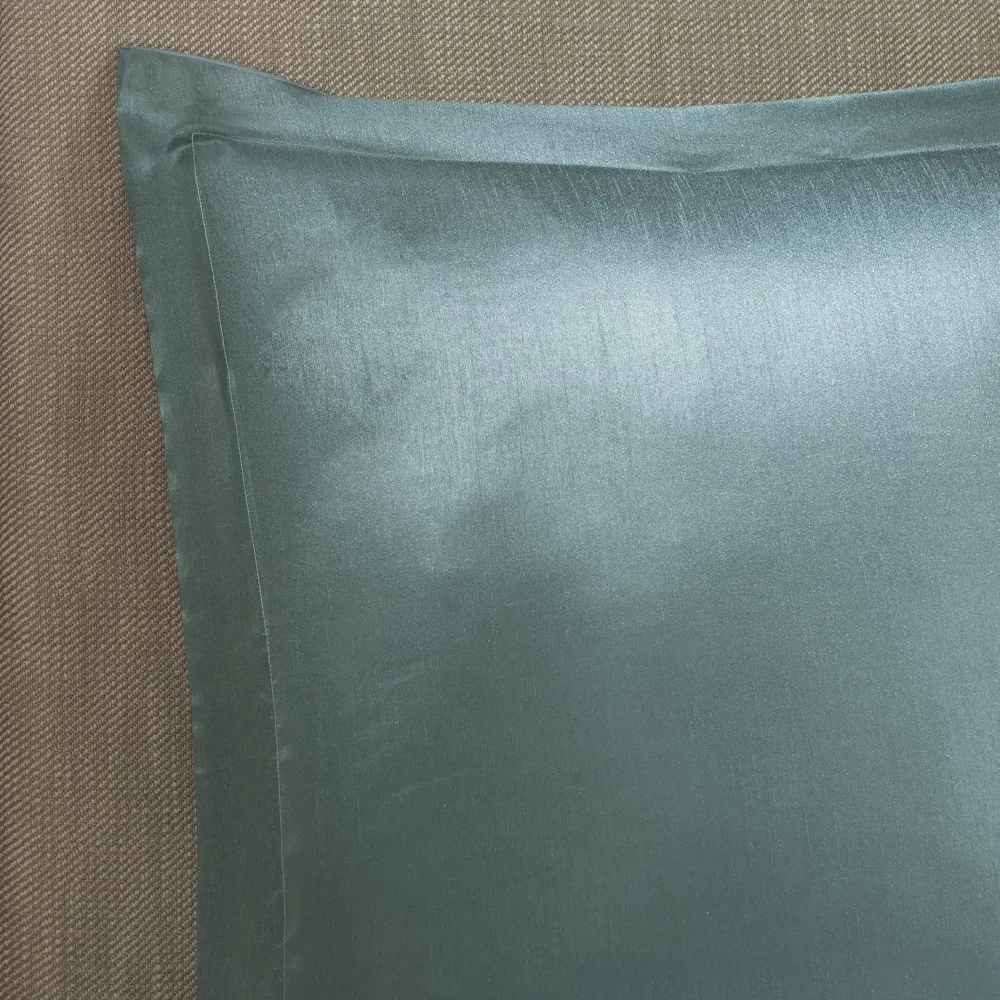
6. Piñatex: Converting Pineapple Leaves into Innovative Silk-Alternative
Piñatex represents one of the most commercially successful agricultural waste-to-textile success stories. This innovative material transforms pineapple leaf fibers—traditionally discarded after fruit harvest—into a versatile material with applications in fashion, accessories, and home goods.
The complete production process follows these key steps:
- Collection of pineapple leaves after fruit harvest (requiring no additional land, water, or fertilizers)
- Decortication—the mechanical process of scraping away leaf matter to extract the long, strong PALF (Pineapple Leaf Fiber)
- Washing and purification of the extracted fibers to remove residual leaf components
- Drying the fibers under the sun to reduce energy consumption
- Processing the fibers into a non-woven mesh substrate
- Application of plant-based resins and pigments for durability and color
- Mechanical finishing to achieve desired texture and appearance
This process creates a material with remarkable properties—breathable yet durable, with a distinctive texture that can range from soft and smooth to more structured depending on finishing techniques. The natural fibers provide strength while plant-based resins add water resistance and durability.
What makes Piñatex particularly sustainable is its use of agricultural waste from existing pineapple cultivation. With approximately 40,000 tons of pineapple leaves typically discarded globally each year, Piñatex transforms this waste into a valuable resource while providing additional income to farming communities. For home applications, bamboo silk bedding sets provide another plant-based option with silk-like properties.
7. Lotus Silk: The Ancient Art of Hand-Extracted Natural Fibers
Lotus silk represents one of the most labor-intensive and rare vegan silk alternatives in the world. This ancient textile art, practiced primarily in Myanmar, Cambodia, and Vietnam, transforms the delicate fibers from lotus stems into an incredibly lightweight, naturally ivory-colored fabric with exceptional breathability.
The traditional extraction process involves:
- Harvesting lotus stems from lakes and ponds when fibers are at optimal maturity
- Hand-breaking the stems and carefully pulling apart the sections to reveal thin, sticky fibers
- Extracting these filaments by hand in a precise motion before they dry
- Quickly rolling multiple extracted fibers together on a flat surface to create continuous threads
- Hand-spinning these threads into yarns of consistent thickness
- Weaving the yarns on traditional looms into fabric
The labor-intensive nature of lotus silk production is remarkable—creating just one square meter of fabric requires approximately 20,000 lotus stems and up to two months of work. This intense hand-processing explains why authentic lotus silk remains one of the most expensive and exclusive fabrics in the world.
What makes lotus silk truly special is its unparalleled sustainability credentials. The production requires no chemicals, minimal water, zero electricity, and creates a completely biodegradable product. The lotus plants themselves help purify the water where they grow, and harvesting stems actually promotes plant health and regrowth. These attributes have earned lotus silk recognition as possibly the most environmentally friendly textile fiber in existence, setting high standards for low-impact silk production methods.
8. How Is Banana Fiber Transformed into Silk-Like Fabric?
Banana fiber extraction taps into the massive agricultural waste stream from global banana cultivation. After fruit harvest, banana plants are typically cut down to allow new shoots to grow, generating millions of tons of pseudostem waste annually. This waste can be transformed into valuable textiles with silk-like qualities.
The production process follows these steps:
- Collection of banana pseudostems after fruit harvest
- Separation of the stems into layers, each containing different fiber qualities
- Extraction of fibers through mechanical scraping or water retting
- Washing the raw fibers to remove plant residues and sap
- Sun-drying the cleaned fibers
- Treatment with natural softening agents to improve texture
- Spinning the fibers into yarns of various thicknesses
- Weaving or knitting yarns into fabric
The innermost layers of the pseudostem yield the finest, softest fibers suitable for clothing and bedding, while outer layers produce stronger fibers ideal for more durable applications. The spinning and weaving techniques dramatically influence the final fabric texture—some producers create incredibly smooth, lustrous materials rivaling conventional silk.
Japan and the Philippines have been particularly innovative in developing refined banana fiber textiles, creating fabrics that blend traditional craftsmanship with modern processing techniques. The resulting materials offer excellent breathability, natural moisture-wicking, and biodegradability while utilizing what would otherwise be agricultural waste.
For those interested in plant-based bedding options, eucalyptus silk sheets provide another sustainable alternative with similar comfort benefits.
9. Bio-engineered Silk: Creating Silk Proteins Without Animals
Bio-engineered silk represents the cutting edge of textile innovation, using modern biotechnology to produce silk proteins without involving silkworms or spiders. This approach combines genetic engineering with fermentation processes to create proteins identical to those found in natural silk.
The scientific process involves several sophisticated steps:
- Identifying and isolating the genes responsible for silk protein production in spiders or silkworms
- Inserting these genes into host organisms (typically yeast, bacteria, or algae)
- Cultivating these modified organisms in controlled fermentation environments
- Feeding them simple nutrients (often plant-based sugars) that they convert into silk proteins
- Harvesting and purifying the proteins from the fermentation broth
- Processing these proteins into fibers through specialized spinning techniques
This biomimetic approach offers several advantages over traditional and even plant-based vegan silks:
- Creates proteins molecularly identical to natural silk, potentially surpassing the performance of plant-based alternatives
- Requires minimal land use compared to agricultural methods
- Production can occur in controlled facilities regardless of climate or season
- Allows precise engineering of specific properties (strength, elasticity, etc.)
- Eliminates batch variation issues common in natural materials
Companies at the forefront of this technology include Bolt Threads (creators of Microsilk™) and AMSilk, who have developed spider silk-inspired proteins with remarkable properties. These bio-engineered silks can achieve extraordinary strength-to-weight ratios—stronger than steel yet incredibly lightweight and flexible.
While still scaling toward mass-market availability, these materials have already appeared in limited edition products from partners like Stella McCartney and Adidas, signaling the potential future direction of sustainable luxury textiles.
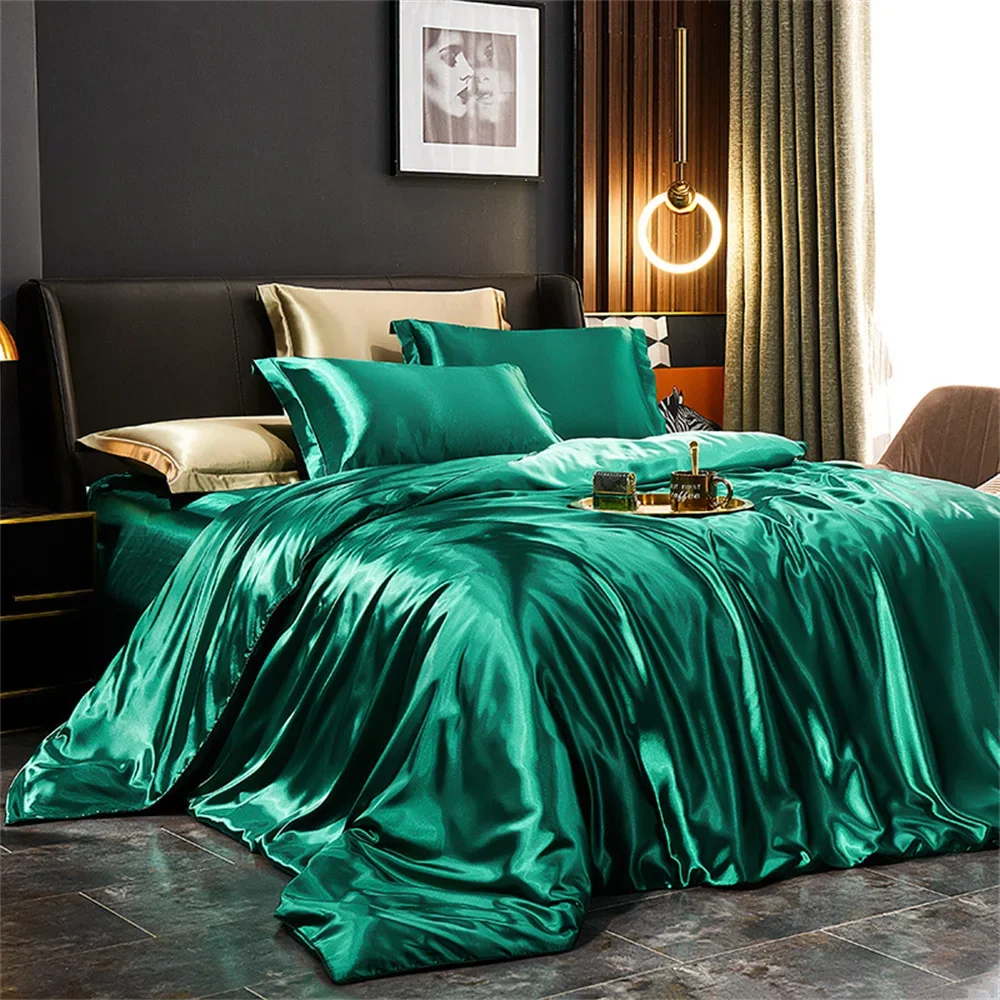
10. From Lab to Closet: How Microsilk™ Production Works
Bolt Threads’ Microsilk™ represents one of the most commercially advanced bio-engineered silk alternatives available today. The company has refined the process of creating spider silk proteins without spiders, bringing this cutting-edge technology closer to mainstream availability.
Microsilk production follows these sophisticated steps:
- Genetically modified yeast are programmed with DNA sequences based on spider silk proteins
- These microorganisms are cultivated in large fermentation tanks, similar to brewing beer
- The yeast consume plant-based sugars and produce the desired silk proteins
- The liquid fermentation broth undergoes filtration and purification to isolate the silk proteins
- The purified protein solution is then extruded through wet-spinning methods
- The resulting fibers undergo washing, stretching, and finishing to enhance their properties
- The fibers are then ready for knitting or weaving into fabrics
What distinguishes Bolt Threads’ approach is their focus on scalability and commercial viability. They’ve engineered their production system to work with existing textile manufacturing infrastructure, helping bridge the gap between laboratory innovation and real-world application.
The resulting Microsilk fabric exhibits many of natural spider silk’s remarkable properties—exceptional strength, elasticity, and softness—without requiring spiders or their habitats. It’s also fully biodegradable, unlike synthetic alternatives like nylon or polyester.
Bolt Threads has partnered with fashion designer Stella McCartney to showcase Microsilk’s potential in luxury applications, demonstrating how bio-engineered proteins can create fabrics that are not just ethical alternatives but performance upgrades. While currently available only in limited quantities, ongoing improvements in production efficiency suggest broader availability in coming years.
11. Comparing Vegan Silk Production Methods: Environmental Impact and Performance
When evaluating vegan silk alternatives, understanding the environmental footprint and performance characteristics of each production method helps consumers make informed choices aligned with their values.
| Production Method | Water Usage | Energy Requirements | Chemical Inputs | Biodegradability | Waste Generation | Scalability |
|---|---|---|---|---|---|---|
| Lyocell/Tencel | Moderate (closed-loop) | Moderate | Low (99.5% recovery) | Excellent (weeks to months) | Minimal | Excellent |
| Cupro | Moderate-High | Moderate | Moderate (copper/ammonia) | Good (months) | Low | Good |
| Piñatex | Very Low | Low | Low-Moderate | Good (years) | Minimal | Good |
| Lotus Silk | Minimal | Minimal | None | Excellent (weeks) | None | Poor |
| Banana Fiber | Low | Low | Low | Excellent (weeks to months) | Minimal | Good |
| Bio-engineered (Microsilk) | Low | Moderate-High | Moderate | Excellent (months) | Low | Emerging |
Each production method offers distinct advantages and challenges. Regenerated cellulose fibers like Lyocell excel in scalability and consistent quality but require more industrial processing. Direct plant fiber extraction methods like lotus and banana fiber have minimal environmental impact but face scalability challenges. Bio-engineered options offer exceptional performance but are still developing commercial-scale production.
Performance characteristics also vary considerably across these materials. Lyocell and Cupro most closely mimic conventional silk’s drape and feel, while plant fibers often retain unique textural elements that appeal to those seeking more distinctive textiles. Bio-engineered silks potentially offer the closest match to natural silk’s strength and elasticity properties.
For consumers interested in comparing options, our guide to natural silk vs alternative fabrics provides additional insights into performance characteristics and care requirements.
12. Are Vegan Silks Truly Sustainable? Processing Challenges and Solutions
While vegan silk alternatives offer clear ethical advantages over traditional silk, their sustainability credentials warrant thoughtful examination. Each production method faces specific challenges that innovative manufacturers are working to address.
What chemicals are used in regenerated cellulose production?
Regenerated fibers like Lyocell and Cupro require solvents to dissolve cellulose. Modern Lyocell production uses non-toxic NMMO in closed-loop systems that recover 99.5% of chemicals, dramatically reducing environmental impact. Cupro production’s use of copper and ammonia compounds requires careful waste management, which responsible manufacturers address through recovery systems.
How water-intensive are these processes?
Water usage varies significantly across production methods. Direct plant extraction methods like lotus and banana fiber require minimal water beyond washing stages. Lyocell has reduced water consumption by approximately 80% compared to conventional cotton through its closed-loop system. The most water-efficient options are typically those utilizing agricultural waste without additional cultivation.
What about energy consumption?
Bio-engineered silks currently have higher energy requirements for temperature-controlled fermentation, though this is partially offset by minimal land and water needs. Plant-based extraction methods have the lowest energy footprints, particularly traditional approaches like lotus silk production that rely primarily on human labor rather than machinery.
Innovations addressing these challenges include:
* Low-temperature enzymatic processing that reduces energy needs
* Water recycling systems that minimize freshwater consumption
* Plant-based finishing agents replacing synthetic chemicals
* Solar and renewable energy integration in production facilities
Leading manufacturers now pursue third-party certifications like GOTS, Oeko-Tex, and Cradle to Cradle to verify their environmental claims and ensure transparency. These standards help consumers identify truly sustainable options among the growing range of eucalyptus silk bedding sets and other vegan alternatives.
Eucalyptus Silk Bedding Sets, Eucalyptus Silk Sheets
Price range: $360.24 through $393.60 Select options This product has multiple variants. The options may be chosen on the product page- Price range: $267.82 through $306.55 Select options This product has multiple variants. The options may be chosen on the product page
Bamboo Silk Sheets, Cooling Silk Sheets
Price range: $130.76 through $177.80 Select options This product has multiple variants. The options may be chosen on the product pageBamboo Silk Sheets, Queen Size Silk Fitted Sheet
Price range: $230.24 through $297.88 Select options This product has multiple variants. The options may be chosen on the product page- 100% Bamboo Fiber Parrot Duvet Cover Set – Queen King Twin Size Tropical Bedding for Comfort & StylePrice range: $241.95 through $380.95 Select options This product has multiple variants. The options may be chosen on the product page
Bamboo Silk Bedding Sets, Bamboo Silk Sheets, King Size Silk Pillowcases, Queen Size Silk Pillowcases
Price range: $376.20 through $402.27 Select options This product has multiple variants. The options may be chosen on the product page
13. How Does Vegan Silk Perform Compared to Traditional Silk?
When considering vegan silk alternatives, performance characteristics matter as much as ethical considerations. Understanding how these materials compare to traditional silk helps consumers make choices that satisfy both their values and practical needs.
Drape and Hand Feel
* Cupro and Lyocell most closely mimic traditional silk’s flowing drape and smooth hand
* Bio-engineered silks can achieve nearly identical properties to natural silk
* Plant-based options like banana and pineapple typically have a slightly crisper hand that softens with washing
* Lotus silk offers exceptional lightness that even surpasses traditional silk
Durability and Longevity
* Most vegan silks demonstrate good durability, with proper care
* Lyocell and other regenerated cellulose fibers typically outlast traditional silk when exposed to sunlight
* Bio-engineered silks can be programmed for exceptional tensile strength
* Plant fibers like banana and pineapple may show textural changes over time, developing a desirable patina
Temperature Regulation and Breathability
* All vegan silk alternatives offer good breathability
* Lyocell excels at moisture management, wicking perspiration away from the skin
* Plant-based options provide natural temperature regulation similar to traditional silk
* Bio-engineered silks can be tailored for specific moisture and temperature properties
Care Requirements
* Most vegan silks are easier to care for than traditional silk
* Many can be machine-washed on gentle cycles, unlike conventional silk which typically requires dry cleaning
* Regenerated cellulose fibers typically dry faster than traditional silk
* Colorfastness varies by production method and dye processes
The question of whether vegan silk is as good as real silk ultimately depends on the specific qualities valued by the consumer. For those prioritizing animal welfare and environmental sustainability alongside performance, today’s premium vegan alternatives offer compelling advantages that in some cases exceed traditional silk’s properties.
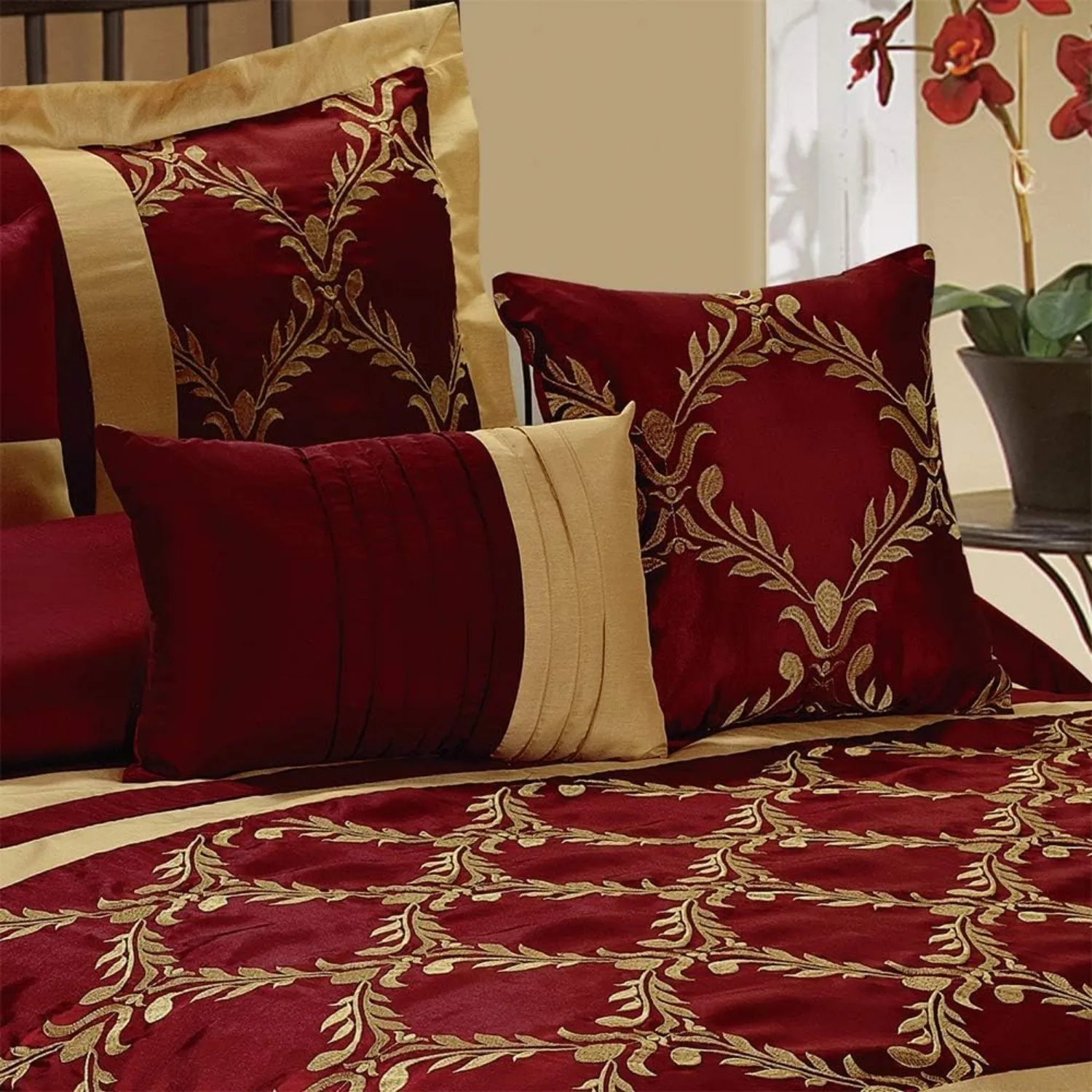
14. The Future of Vegan Silk: Innovations and Emerging Technologies
The landscape of vegan silk production continues to evolve rapidly, with promising innovations emerging across multiple fronts. These developments suggest a future where sustainable, animal-free silk alternatives not only match but potentially surpass traditional silk in both performance and availability.
Cutting-edge developments include:
- Advanced biomimetic approaches that recreate specific silk varieties beyond spider silk, including silkworm-free mulberry silk proteins
- Genetic optimization of microorganisms to increase protein yield during fermentation, potentially reducing production costs by 60-70%
- Novel agricultural waste sources being explored, including coffee grounds, citrus peels, and algae
- Waterless dyeing technologies that eliminate effluent while reducing water and energy consumption by up to 90%
These innovations are supported by significant investment from both venture capital and established fashion houses seeking sustainable material solutions. Research institutions across North America, Europe, and Asia are collaborating with startups to accelerate commercialization timelines.
Perhaps most exciting is the potential for customization—bio-engineered silks can be programmed at the molecular level for specific performance characteristics, potentially creating fabrics that respond to environmental conditions or even integrate functional elements like antimicrobial properties.
The scaling potential for these technologies varies. Regenerated cellulose methods are already produced at commercial scale, while bio-engineered options are moving from pilot to demonstration scale. The direct plant extraction methods face different scaling challenges related to mechanization of traditionally manual processes.
Understanding the pros and cons of silk and vegan silk helps consumers navigate this rapidly evolving landscape while making choices aligned with both their values and practical needs.
15. Why Choose Vegan Silk? The Broader Impact on Sustainable Fashion
The choice to embrace vegan silk alternatives extends beyond personal preference to create meaningful impact across multiple dimensions of sustainability. These conscious consumption decisions collectively drive market transformation toward more ethical and environmentally responsible textile production.
From an animal welfare perspective, vegan silk eliminates the suffering involved in traditional sericulture, which boils silkworms alive inside their cocoons. This single shift saves approximately 6,600 silkworms per kilogram of silk produced—a significant ethical consideration for compassionate consumers.
“Every purchasing decision is essentially a vote for the kind of world you want to live in. Choosing vegan silk supports innovation in sustainable materials that respect all living beings.”
Environmentally, many vegan silk alternatives demonstrate significant advantages in water conservation, reduced chemical usage, and lower carbon footprints. Agricultural waste-based options like Piñatex and banana fiber create value from materials that would otherwise be discarded, exemplifying circular economy principles.
The social impact extends to agricultural communities where waste fibers create new income streams. In regions producing banana fiber, for instance, what was once waste now generates additional revenue that helps stabilize farming economies against market fluctuations in fruit prices.
Vegan silk fits seamlessly into the broader sustainable fashion movement that questions traditional production methods and seeks alternatives with reduced environmental and ethical costs. As consumers increasingly demand transparency and responsibility from brands, these materials move from niche to mainstream, accelerating innovation and accessibility.
The journey from plant to fabric represents not just a manufacturing process but a reimagining of how we create beautiful, functional textiles in harmony with natural systems and ethical principles. By choosing Sanctuary Soft’s vegan silk bedding options, consumers participate in this transformation toward a more sustainable and compassionate textile industry.

